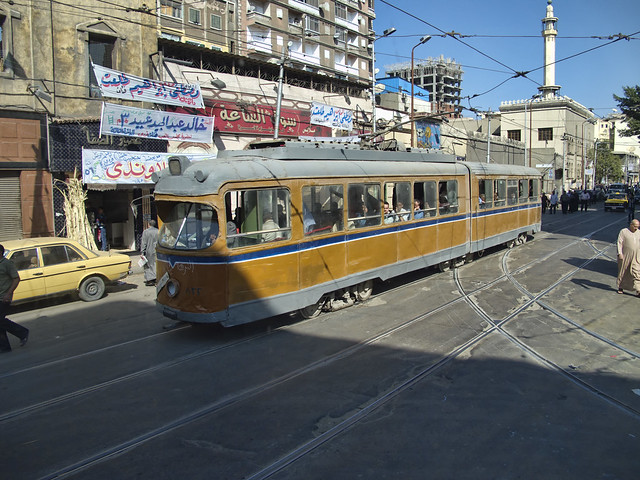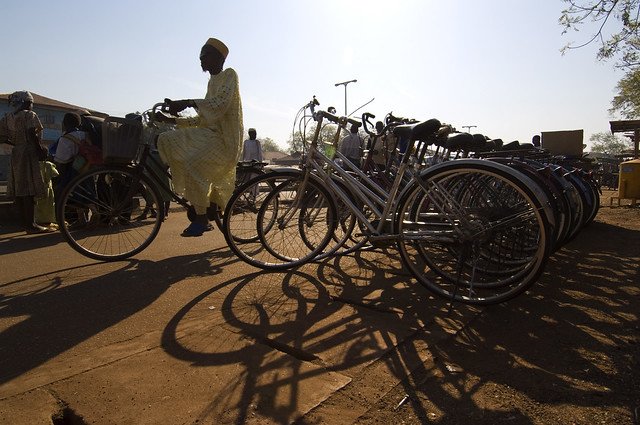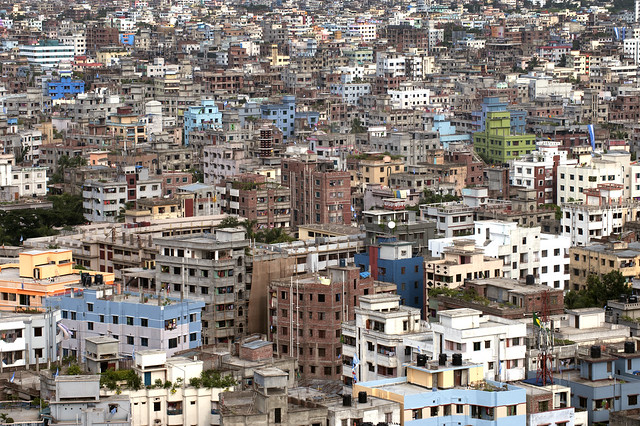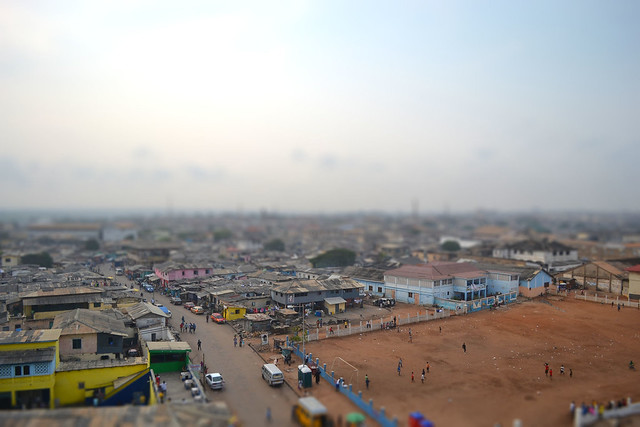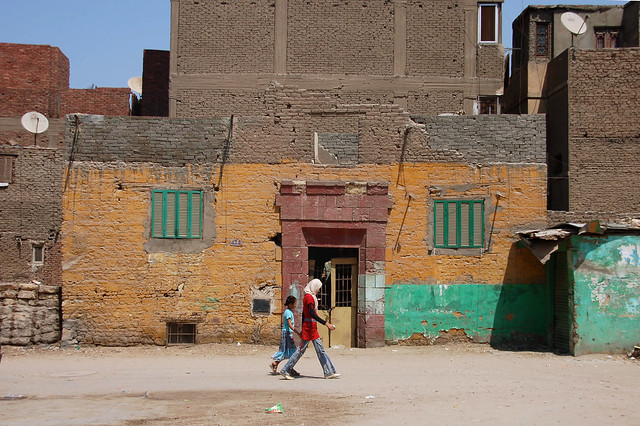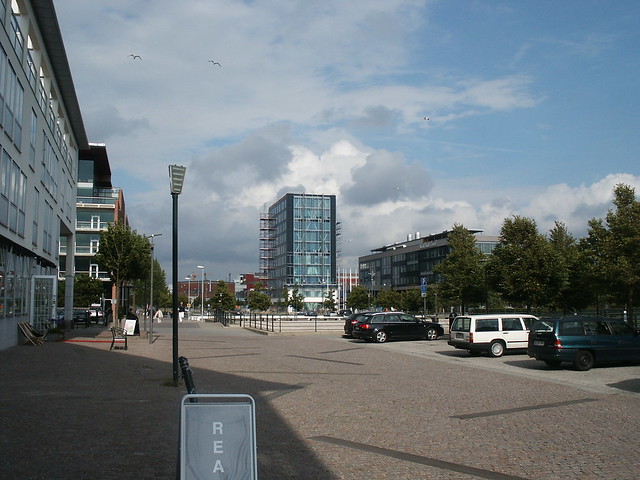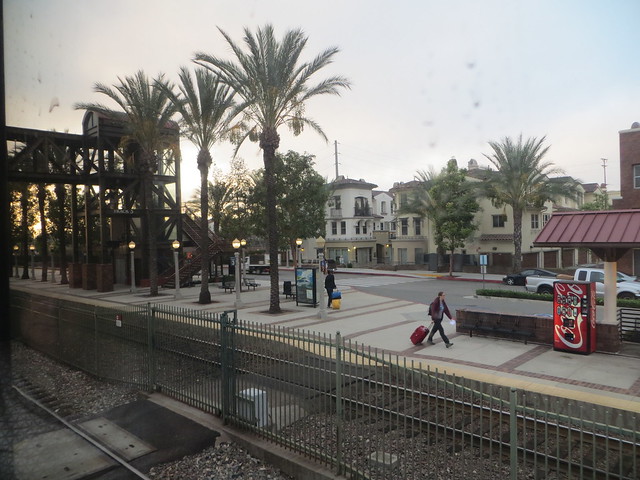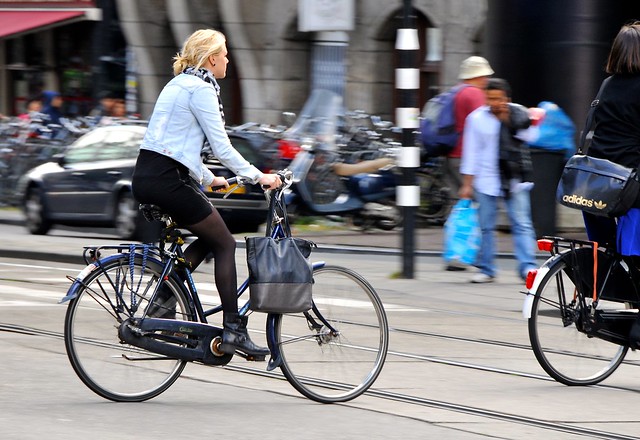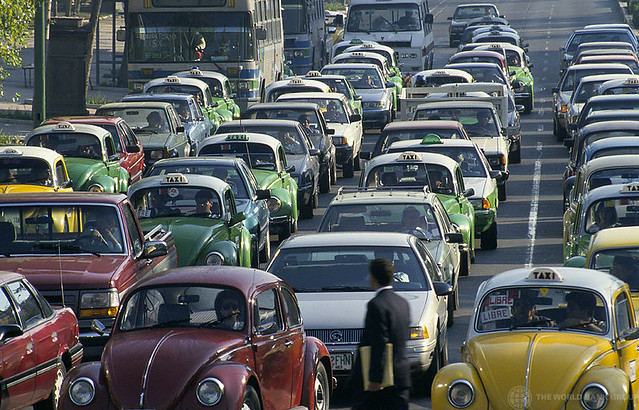Rapid urbanization has turned into a problematic phenomenon laying negative effects on the Middle Eastern cities and their peripheries. Although fast increase in urban population of the countries of the region has been well-researched, the connections to urban development strategies and patterns are being neglected. This paper examines the time coincidence of some of the dominant planning trends of the past decades that are considered to be associated with the intensive urban population changes. The paper attempts to discuss over the points in which the three countries witnessed significant increase and decrease in fertility rates. For that, the data of the World Bank have been applied. The graphs seen in this paper have been produced by the Google public data from the World Bank website, which provides the possibility of separating urban and rural populations. The descriptive analysis of this study shows that these vigorous changes of population growth rates have been more powerful in Iran and Turkey and steadier in Egypt. Examples of weak planning in the three target countries of this study, Iran, Egypt, and Turkey, such as failure in new city planning in Egypt, extensive sprawl in Turkish cities, rural-urban migration in Iran and Turkey, and the policy of wholesale land selling in Iran depict uncontrolled and vis-à-vis urban planning taking the wrong route. It is concluded that controlling urbanization trends in emerging countries, like the Middle Eastern states, requires a strong and strict urban planning system that avoids trial and error.

More about cities and urban planning in the Middle East:

